Glue or adhesive under Hardibacker?
Should is use adhesive under 1/4″ hardibacker? Or should I just use screws?
Background info:
I have a t-shaped foyer that’s about 64 square feet in size (10×4 + 3×8). I’m going to strip the vinyl flooring and underlayment down to the original subfloor (so the new tiled floor can be as even with the hardwood in the adjoining space.) The subfloor is 1/2 – 3/4″ plywood over 16″ oc joists. I plan on laying down a layer of 1/2 inch plywood over the original subfloor then the 1/4″ hardibacker on top of that.
The tile is a thin ceramic tile.
PL and screw the new 1/2″ plywood (thru to the joists) over the old subfloor, correct?
Glue and screw the hb to the plywood? Don’t glue?
If I do use “glue”, what should I use? Premixed thinset? PL?
I’ve read a number of threads here and at John Bridge along with the hb website and there seems to be some conflicting opinions…enough to confuse me. The majority seem to agree that that hb website is bare min code.
BTW, I also plan to add some cross blocking between the joists to add further “screwing points” further stiffen the floor. It’s only house with a lot of squeeks. I did this when I replaced the entire subfloor (after a toilet leaked and rotted the subfloor) in my half-bath and that really helped. Not sure if this matters but thought I would mention it.
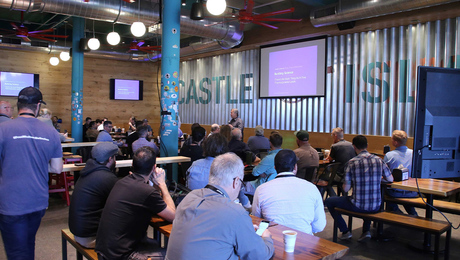
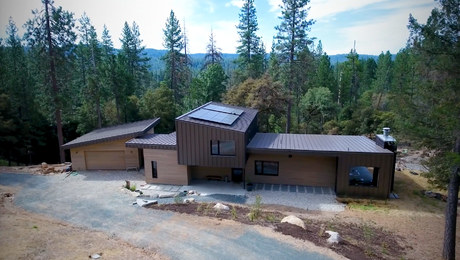
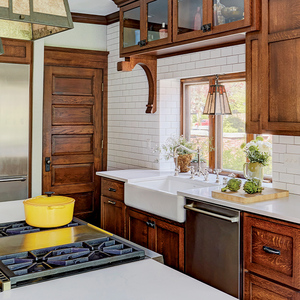
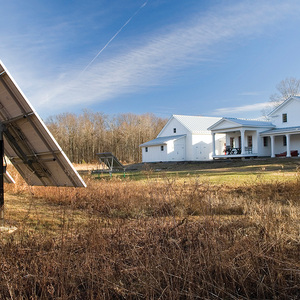

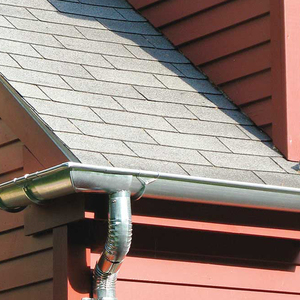







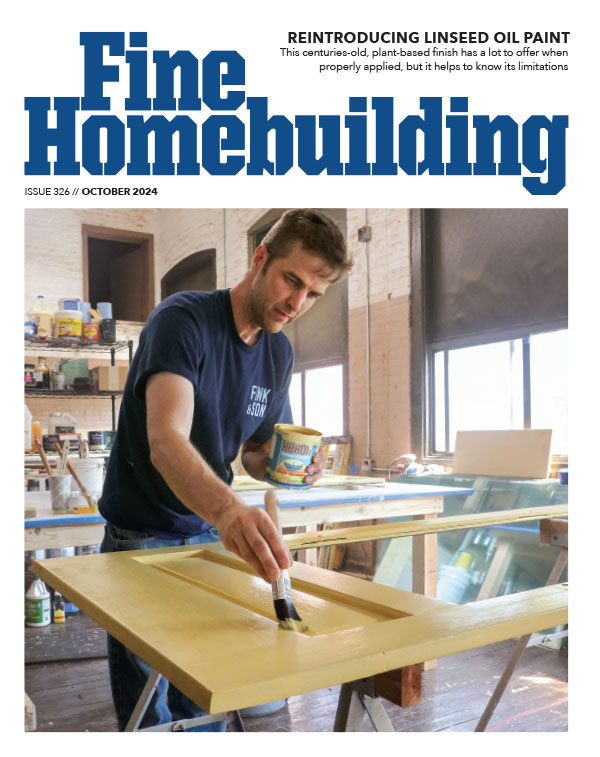





Replies
I use a slightly thinned layer of thinset under hardieboard, and screw it with the hardie screws and an impact deiver. The hardie scrwews have little nibs under the head, and they help to countersing the headfs flush. The reason for the thinned thinset is so that it will easily flow and squeeze into the voids, whereas a tile-ready mix will tend to be too stiff.
"Put your creed in your deed." Emerson
"When asked if you can do something, tell'em "Why certainly I can", then get busy and find a way to do it." T. Roosevelt
re the Hardie backer. If you are placing 1/2" ply over 3/4" you will have enough thickness to your subfloor ( 1" being the minimum). The thinset will stick great to the plywood ( use modified). Adding the backer is fine but why the extra cost? AS mentioned, thinset is the best to use for adhesion with some screws.
gary
Adding the backer is fine but why the extra cost?
I thought it was akways a preferrable practice to always use some sort of cementitious product under tile.
You are correct on the hb. I know modifid thinset will stick very well to exterior grade plywood and unless you need the 1/4" to match up the floors I would not spend the extra money. it is around $20.00 for a 3x5 sheet here. Thinset is a cement product.And yes, get rid of all the squeeks out of your floor before you tile. Also when using subloor adhesive use a notched trowel to spread the glue down.A good carpenters glue (yellow) full spread under the plywood with screws will create a solid bond as well. There I go on costs again.From my experience also rent or buy a wet tile saw for the cutting .Good luck on the project.Gary
I thought it was akways a preferrable practice to always use some sort of cementitious product under tile.
That's called marketing...............
Thinset the tile to the plywood. Use the modified thinset. And do yourself a bit of a favor and go find some Mapei thinset instead of what Orange or Blue is selling this week.yourcontractor@aol.com
go find some Mapei thinset instead of what Orange or Blue is selling
My Lowes sells mapei, and the HD sells Custom, both arte good brands."Put your creed in your deed." Emerson
"When asked if you can do something, tell'em "Why certainly I can", then get busy and find a way to do it." T. Roosevelt
The hardiebacker specs call for thinset. It acts as a glue and also a filler. You want 100% coverage under the board. I nailed mine with roofing nails per Hardie, no problems (put down 100 sheets.)
John
Edited 2/24/2008 7:59 pm ET by JohnCujie
The other advice is correct, but use thinset under the hardibacker. Don't ever ever ever use premixed thinset for anything. It is not thinset.
I am surprised there was conflicting advice on this issue at John Bridge -- unless perhaps they said skip the hardibacker and use Ditra.
Billy
I use 'loose' thinset under and roofing nails driven with the pne nailer.
Also keep the joints off of joists--put the joints out in the 'field' of the framing.
Theory being that this will truly isolate the tile system from the floor framing so when/in things move, they'll not move together.
"Research is what I'm doing when I don't know what I'm doing..."
The idea that it is best to use a CBU under all tile has grown from the real need to do so in wet areas into a too-comprehensive philosophy. It is not necessary to use CBU over good, solid plywood unless there is an specific reason to do so. Water is one reason, fire is another.
In your case, you are apparently tiling under or near a woodstove or fireplace, and that changes things. Code here for installation of a woodstove requires 2" of solid concrete under the stove and for a specified area around it. We usually accomplish that by framing a 2" high form on the subfloor with finish-grade 1x on edge, and filling it with 1½"-thick concrete patio tiles, rough cut to fit. Then mix up enough pre-mix concrete to fill the form, pour it over the patio tiles, screed smooth. You then can lay your finish material (tile, slate, whatever) directly on the concrete (after it has dried) using a modified thinset.
If you're not going to go to all that trouble--and assuming your local code permits you not to--you should definitely put down at least a ½" of CBU under your tile. Grout can crack over time, although you might not see it, and sparks and cinders find their way into the tiniest of hairline openings. You want something fireproof and continuous under that stove or fireplace.
Dinosaur
How now, Mighty Sauron, that thou art not broughtlow by this? For thine evil pales before that whichfoolish men call Justice....
In your case, you are apparently tiling under or near a woodstove or fireplace,
Actually, I'm tiling my foyer. I will keep in mind that non-need to use the HB. I'll see how the floor levels out after I rip up the old vinyl floor.
Thanks all for your help.
Actually, I'm tiling my foyer.
LOL. Sorry about the misunderstanding; the word 'foyer' means 'hearth' or 'fireplace' in French. We're so used to people speaking in two languages at the same time up here that I never thought about any other meaning for what you'd posted.
Yeah; for an entry hall tile is good, but you don't need the CBU. The wet boots etc which will walk on it don't bring it up to the level of 'wet area' that requires cement board. But as others have suggested, using Ditra over the subfloor would be a good idea. It's a bond-breaker, among other things, and for small square-footages is cheap insurance against your job cracking from uneven thermal expansion.
Dinosaur
How now, Mighty Sauron, that thou art not broughtlow by this? For thine evil pales before that whichfoolish men call Justice....
LOL. Sorry about the misunderstanding; the word 'foyer' means 'hearth' or 'fireplace' in French.
And here I thought you just had a strong Long Island (or was that Staten Island) accent. :-)
Thanks all for your help. It sounds like the hb is fine albeit overkill for the area needed. I've seen (actually read the FHB article) on the Ditra. I'll check out the Ditra at HD.
I've already got the hb so it's more trouble to return it to HD...plus was only ~$40 for the entire area needed.
I'll read up more on the installation of both and decide which is easier to install and use (I'm guessing the ditra is.)
The Ditra membrane is definitely less trouble to install because (a) you can cut it with a matte knife; (b) you don't have to tape the joints (with the special 3"-wide tape and compound); and (c) you don't have to screw it down, just thinset under it with a notched trowel.
Taping the joints on CBU is less trouble than taping gyprock because you don't have to sand, but it's an extra step nonetheless and if you skip it, the joints can telegraph through the tile job and cause cracks. And screwing down CBU is a fairly substantial PITA because (a) you have to find the proper screws for it (not all places which sell the board carry the right screws, and gyprock screws do not do the job, no matter what the jerk at HD tells you); and (b) you need to have a good screw gun which will drive them down properly without overdriving them...which will cause them to pull through, especially with ¼" board.
Go with the Ditra. You won't regret it.
Dinosaur
How now, Mighty Sauron, that thou art not broughtlow by this? For thine evil pales before that whichfoolish men call Justice....
maxxman,
you say your subfloor is 1/2" to 3/4", let's call it 5/8", check that ply for solid connection, or re-screw as needed.....add a layer of 1/2" BCX ply w/screws.....skip the HB......Do one of two options
1) Install tile directly to ply using a modified thinset that you mix onsite(NO pre-mixes!) Flexi-bond is one that comes to mind, there are others, read the labels to discern which is suitable for a ply base, it'll say it is suitable for use over plywood/wood subflooring.........
2) Install Schluter brand Ditra, per manufacurers recs.,(modified thinset over plywood) then install tile on Ditra using non-modified thinset. Under no circumstance should you use pre-mixed thinset!
Check Schluter's website: http://www.schluter.com for transition material from tile to wood floors and for more info on Ditra.
Geoff